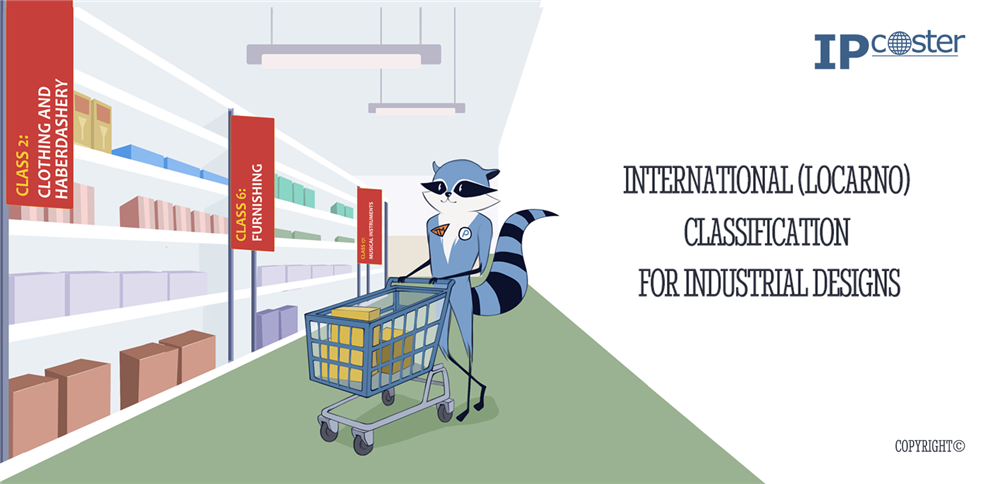IP-Academy

International (Locarno) classification for industrial designs
The Locarno Classification—also known as the International Classification for Industrial Designs—is a standardized system used worldwide to classify industrial designs during the registration process.
This system was established under the Locarno Agreement, a multilateral treaty adopted in 1968. It is managed by the World Intellectual Property Organization (WIPO).
The Locarno Classification groups industrial designs into specific categories (called classes and subclasses) based on the type of products the design applies to. This makes it easier to identify and organize designs consistently across different countries.
· There are 32 main classes, each covering a broad category of products.
· Each class is further divided into subclasses, providing more specific groupings.
· The system also includes an alphabetical list of over 5,000 goods, indicating the class and subclass each item belongs to.
This classification system is updated every two years. Revisions are made by a Committee of Experts, and new editions come into effect every January 1st of even-numbered years. The full classification is available online via the WIPO IP Portal, in both English and French.
All national IP offices that are part of the Locarno Agreement are required to use the classification in their official documentation. This means they must indicate the class and subclass numbers on design registrations and publications.
In addition to the national offices, several regional and international offices also use the Locarno Classification, including:
· African Intellectual Property Organization (OAPI).
· African Regional Intellectual Property Organization (ARIPO).
· Benelux Office for Intellectual Property (BOIP).
· European Union Intellectual Property Office (EUIPO).
· WIPO, for international applications under the Hague System.
As of now, 60 countries are officially parties to the Locarno Agreement.
Using the Locarno Classification offers several benefits:
· It standardizes the classification of industrial designs across countries, making it easier to file in multiple jurisdictions.
· It eliminates the need to reclassify goods according to each country’s national system.
· It facilitates industrial design searches, making it easier to compare existing registrations.
If you're planning to file for industrial design protection, understanding and correctly using the Locarno Classification can save you time and help you avoid unnecessary complications. Feel free to contact us if you are interested in applying for industrial design protection or if you'd like to learn more about design protection.